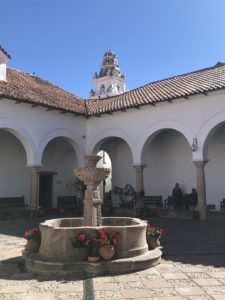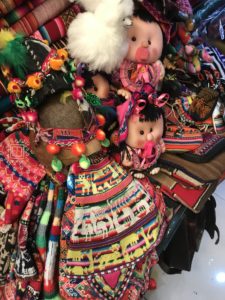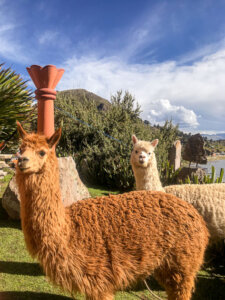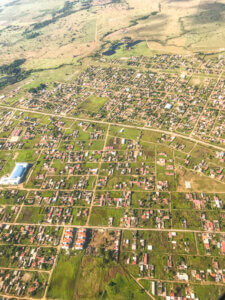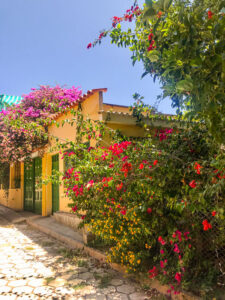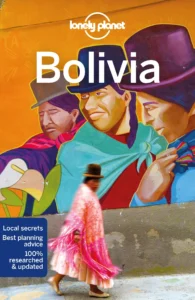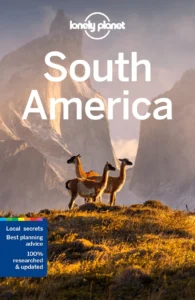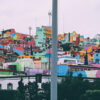Bolivia is a fascinating country in Latin America that features much more than the iconic Andes. I lived in friendly Tarija, the Bolivian wine capital, between 2019 and 2021.
From the immaculate white city of Sucre to the legendary La Paz located at almost 4000 meters above sea level, Bolivia is a country that will forever stay in your memory thanks to its unique culture and landscapes.


